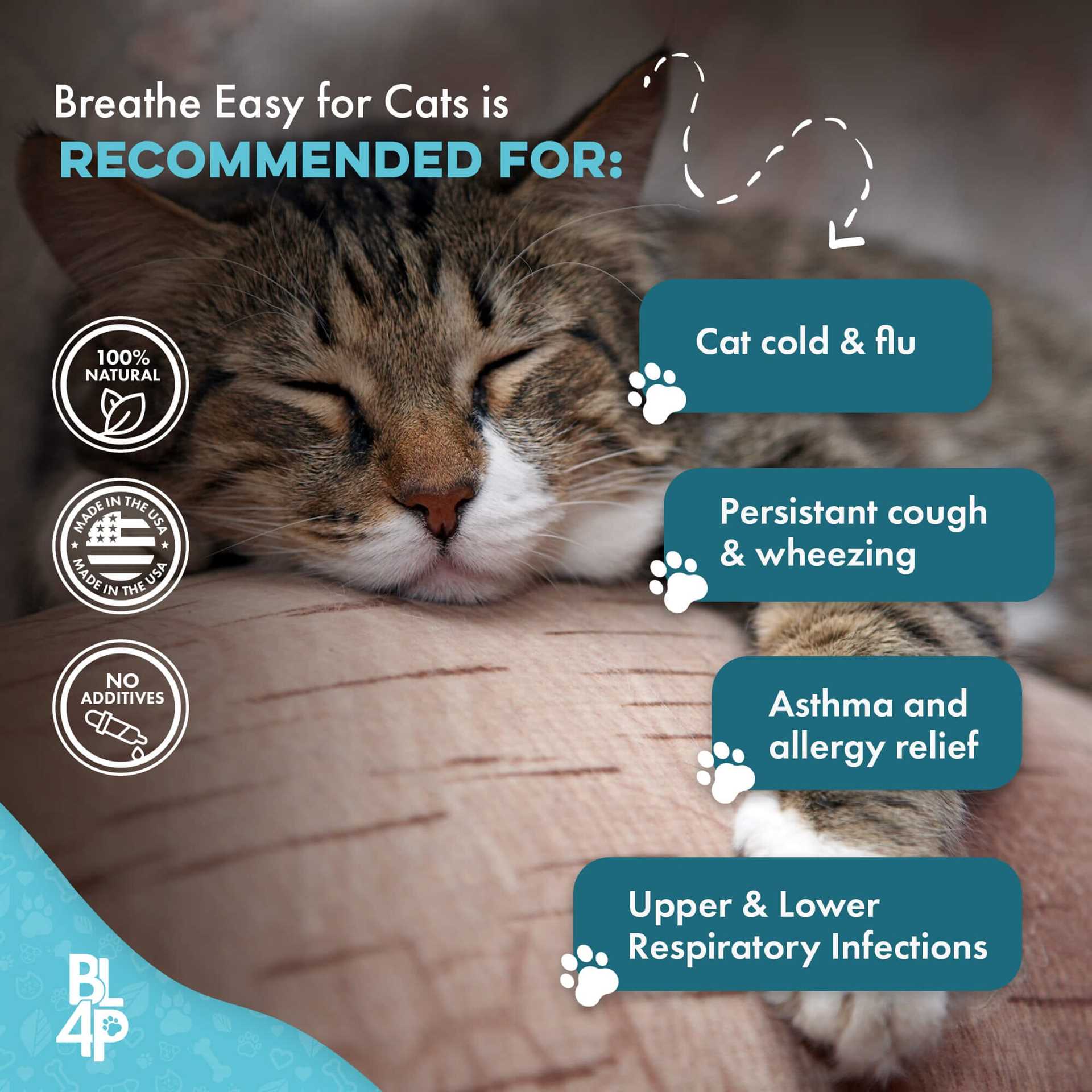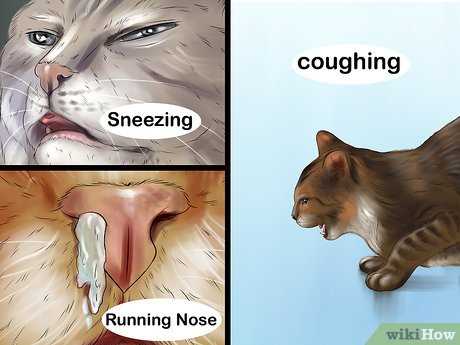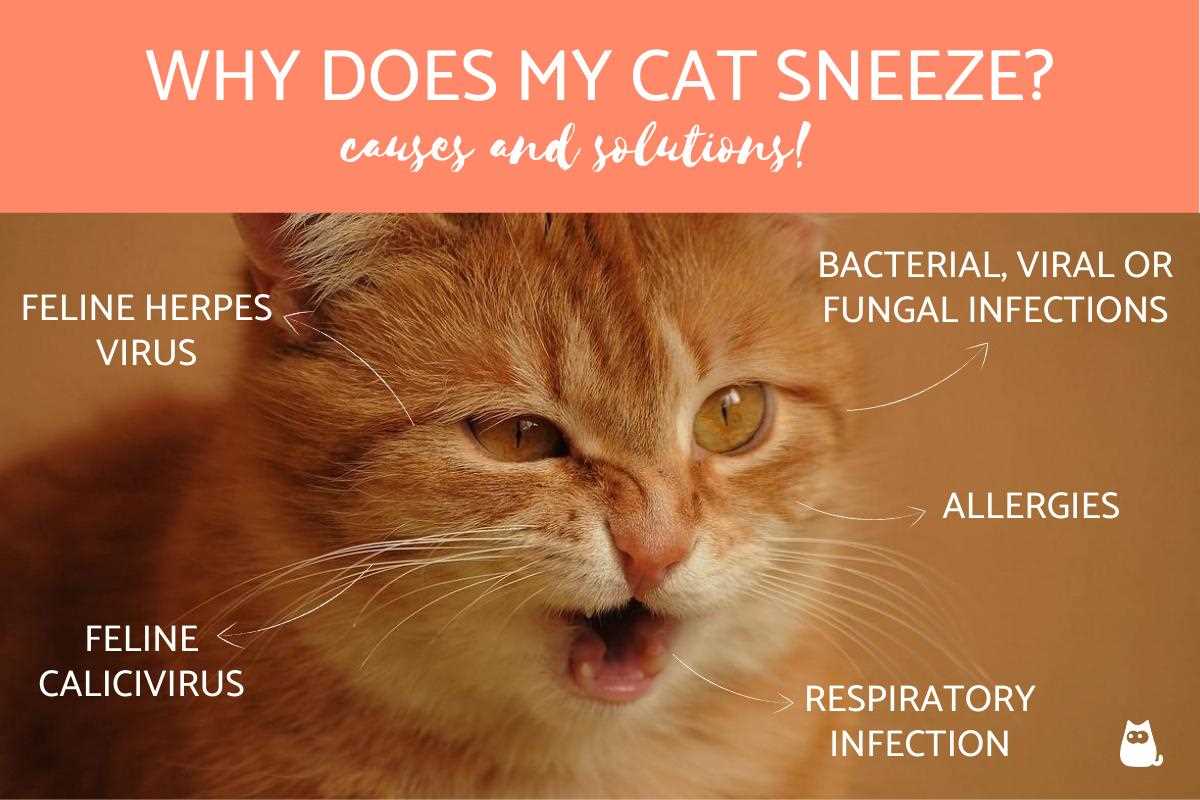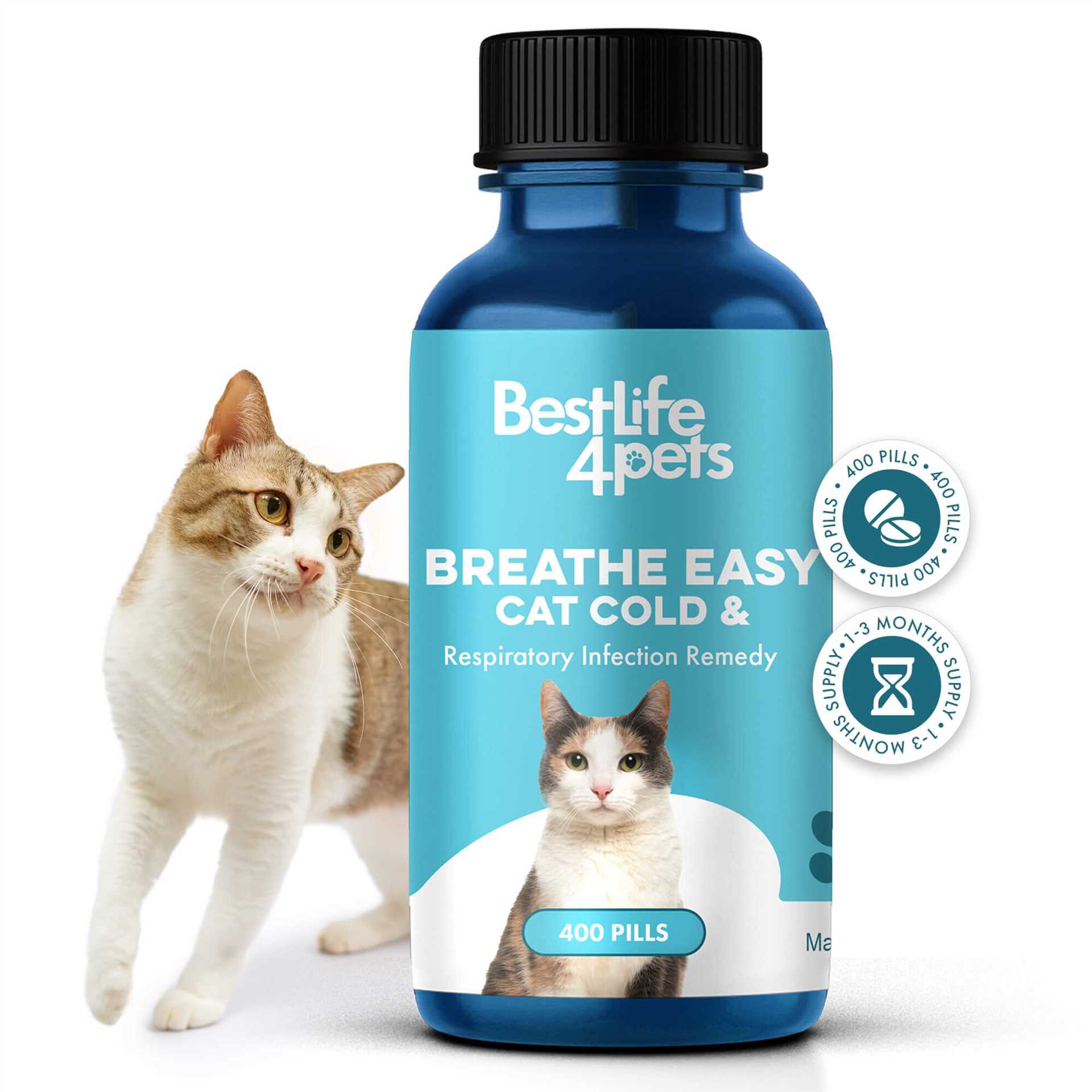Regular observation of my behavior can reveal underlying issues. If those occasional bursts of air become frequent, immediate action is necessary. First, check for potential irritants in the environment–dust, strong odors, or even pollen can trigger such reactions.
Maintaining a clean living space is paramount. Vacuuming regularly and using air purifiers can significantly reduce airborne irritants. Additionally, ensure that any cleaning products or fragrances used are safe for sensitive noses.
Hydration plays a critical role. Ensure a fresh supply of water is always available. Sometimes, a dry throat can exacerbate the situation, leading to more frequent bouts. A humidifier in the living area can also help alleviate dryness in the air.
Monitor for other symptoms, such as changes in appetite or behavior. If these accompany the air expulsions, consulting a veterinarian is advisable. They can provide a thorough examination and recommend appropriate tests to rule out allergies or infections.
Lastly, consider the diet. High-quality food that suits my needs can contribute to overall health, potentially minimizing discomfort. If necessary, trial a limited-ingredient diet to identify any food-related triggers.
Identifying the Cause of Sneezing in Cats

Check for potential allergens like dust, pollen, or strong fragrances in the environment. Consider recent changes in the home, such as new cleaning products or air fresheners that could trigger reactions.
Health Conditions to Consider
Respiratory infections, both viral and bacterial, are common culprits. Symptoms may include nasal discharge, coughing, or lethargy. If there’s a persistent discharge or other concerning signs, a veterinary visit is necessary.
Dental issues can also lead to nasal irritation. If there’s difficulty eating or signs of pain, dental assessment might be required.
Environmental Factors
Humidity levels play a role in respiratory health. Dry air can exacerbate irritation, so using a humidifier may help. Monitor for irritants like smoke or strong odors that could affect breathing.
Exposure to other animals can introduce respiratory diseases. If recently around other pets, consider monitoring health closely.
Overall, thorough observation and prompt action can aid in pinpointing the reason behind these symptoms. Regular check-ups with a veterinarian will help maintain health in the long run.
Observing Additional Symptoms to Assess Severity

Monitoring for extra signs is crucial for evaluating health issues. Look for the following indicators:
- Discharge: Check for nasal or eye discharge. Clear fluid may suggest allergies, while yellow or green indicates infection.
- Coughing: Frequent coughing could signal respiratory problems or more severe conditions.
- Appetite: A decrease in food intake might indicate discomfort or illness. Note any changes in drinking habits as well.
- Behavior: Lethargy or changes in activity levels can reflect underlying health concerns.
- Fever: Elevated body temperature can indicate infection. A vet’s check is necessary for confirmation.
Assessing the Impact on Breathing
Listen for wheezing or labored breathing. These symptoms may require immediate veterinary attention. If breathing becomes rapid or shallow, it signifies urgency.
When to Seek Professional Help
If any of these signs persist for more than a couple of days, or worsen, a visit to a veterinarian is advisable. Early intervention can lead to better outcomes.
Natural Remedies for Mild Sneezing in Cats

Steam therapy can be quite beneficial. A warm bathroom with a hot shower running creates a moist environment that may help clear nasal passages. Staying in there for about 10-15 minutes can offer relief.
Humidifiers also work wonders. Adding humidity to the air can soothe irritated nasal membranes. Placing one near the resting area promotes easier breathing.
Herbal Solutions
Herbs like chamomile and peppermint can be used in moderation. Brewed chamomile tea, once cooled, can be offered to drink or used to wipe the nose gently. Peppermint oil, diluted in a carrier oil, might help open up congested airways when applied carefully to the fur, avoiding any direct contact with the nose.
Dietary Adjustments
A diet rich in omega-3 fatty acids contributes to overall health and may support the immune system. Adding fish oil or flaxseed oil can be beneficial. Always ensure that any dietary changes are gradual to avoid digestive upset.
Honey, in small amounts, can act as a natural soothing agent for the throat and help with irritation. Just a tiny drop mixed into food can be effective.
When to Consult a Veterinarian for a Sneezing Cat
Seeking veterinary assistance becomes necessary if nasal discharge changes from clear to yellow or green, indicating a possible bacterial infection. If persistent coughing accompanies the nasal issues or if the feline experiences difficulty breathing, immediate attention is warranted.
Signs Indicating a Need for Professional Help
Observing the following symptoms may signal the need for a veterinary visit:
| Symptom | Action Required |
|---|---|
| Fever | Visit the vet for evaluation. |
| Loss of appetite | Schedule a consultation. |
| Extreme lethargy | Seek immediate care. |
| Frequent blood in discharge | Urgent veterinary assessment needed. |
Underlying Conditions to Rule Out
Conditions such as feline herpesvirus, allergies, or dental disease may contribute to respiratory issues. If symptoms persist beyond a few days or worsen, professional evaluation is crucial to determine the underlying cause and initiate appropriate treatment.
Diagnostic Tests for Persistent Sneezing in Felines
Veterinary professionals may recommend various diagnostic evaluations to pinpoint the root cause of continuous nasal disturbances. Key tests include a complete blood count (CBC) to identify any underlying infections or inflammatory responses. Urinalysis can also be informative, revealing systemic issues impacting overall health.
X-rays of the chest and nasal region provide insight into structural anomalies or the presence of foreign bodies. In some cases, a rhinoscopy allows for direct visualization of the nasal passages, enabling the identification of obstructions or tumors.
Additional tests, such as fungal cultures and allergy testing, may be necessary if initial evaluations do not yield clear results. These assessments help create a tailored approach for managing respiratory health.
Collaborative Care and Follow-Up
Once diagnostic tests are completed, a follow-up plan is crucial. Continuous monitoring of symptoms and any changes in behavior must be documented. This information aids veterinarians in adjusting treatment protocols effectively.
For more insights on care and maintenance, check out this link: can i use two stroke oil in pressure washer.
Medications Commonly Prescribed for Sneezing Cats
Veterinarians often recommend specific medications based on the underlying condition causing nasal discharge and sneezing.
- Antihistamines: Medications like diphenhydramine and cetirizine may relieve allergic reactions, reducing nasal irritation.
- Decongestants: Drugs such as phenylephrine help reduce nasal swelling, improving airflow and comfort.
- Antibiotics: In cases of bacterial infections, amoxicillin or doxycycline can be prescribed to combat the infection.
- Steroids: Corticosteroids like prednisone may be used to decrease inflammation in severe cases, particularly when allergies are involved.
- Expectorants: Guaifenesin can help thin mucus, making it easier to expel, which may alleviate discomfort.
- Nasal Drops: Saline nasal drops can keep nasal passages moist, promoting easier breathing.
Always follow the veterinarian’s instructions regarding dosage and duration of any treatment. Monitoring for side effects is essential to ensure well-being.
Preventive Measures to Reduce Sneezing in Cats

Maintain a clean environment by regularly vacuuming and dusting to minimize allergens. Use air purifiers to filter out particles that may irritate the respiratory system. Opt for hypoallergenic litter to prevent reactions that could lead to nasal irritation.
Ensure proper nutrition with high-quality food, including options like best sardines for cats, which can support immune health. Regular hydration is equally important; always provide fresh water to help keep the mucous membranes moist.
Limit exposure to smoke, strong fragrances, and chemicals, as these can trigger respiratory issues. If using scented products, choose natural alternatives that are less likely to cause irritation.
Regular vet check-ups help catch any underlying health issues early. Vaccinations should be up to date to protect against respiratory diseases. Socialization with other pets should be monitored to prevent exposure to potential infections.
Encourage a stress-free atmosphere, as anxiety can worsen health issues. Interactive playtime and safe hiding spots can help create a calm environment. By taking these steps, the likelihood of experiencing respiratory discomfort may decrease significantly.
FAQ:
What are the common causes of sneezing in cats?
Several factors can lead to sneezing in cats. One of the most common causes is allergies, which can be triggered by dust, pollen, or certain foods. Respiratory infections, such as feline herpesvirus or calicivirus, are also frequent culprits and can cause other symptoms like coughing and nasal discharge. Environmental irritants, such as cigarette smoke or strong perfumes, can further contribute to sneezing. If your cat is sneezing frequently, observing other symptoms can help identify the underlying issue.
How can I help my sneezing cat at home?
If your cat is sneezing but seems otherwise healthy, there are a few home remedies you can try. Ensure that your cat stays hydrated and has access to fresh water. You can also use a humidifier in the room to help ease nasal congestion. Keeping your home clean and free of dust and allergens can reduce the likelihood of sneezing. If your cat enjoys steam, you might consider running a hot shower and letting them sit in the bathroom with you (while keeping them safe from the water) to inhale the steam. However, if sneezing persists or is accompanied by other symptoms, a visit to the veterinarian is recommended.
When should I take my sneezing cat to the vet?
If your cat’s sneezing is persistent and lasts more than a few days, or if it is accompanied by other concerning symptoms such as lethargy, loss of appetite, nasal discharge, or difficulty breathing, it is advisable to consult a veterinarian. These signs may indicate a more serious condition, such as a respiratory infection or other health issues. A vet can perform a thorough examination, possibly including diagnostic tests, to determine the cause of the sneezing and recommend an appropriate treatment plan.






